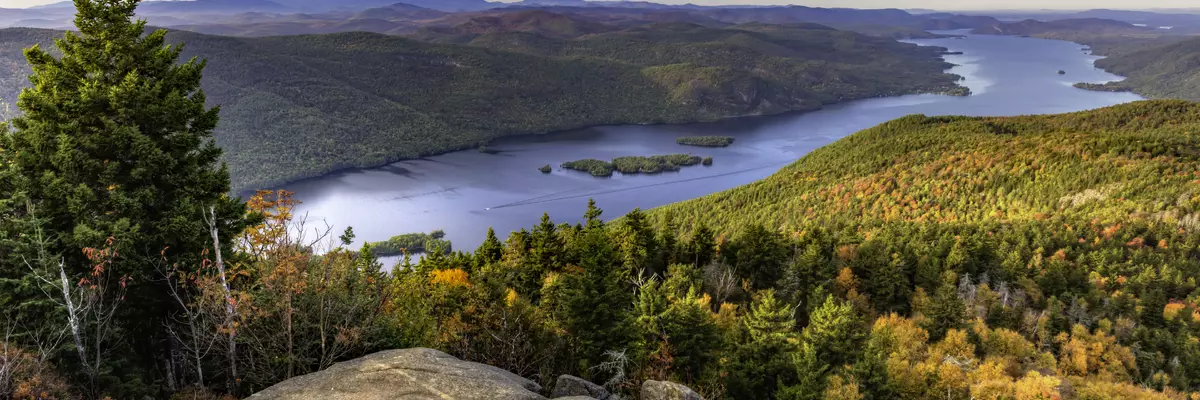
The climate year of New York
New York State stretches from the Atlantic coast through the foothills of the Alleghenies Mountains and Five Finger Lakes to the hilly country around Lake Ontario and Lake Erie. In the southern tip of New York State on the Atlantic coast lies the largest city New York City. In the north, the broad border meets the neighboring country Canada. The state capital is the comparatively small city of Albany. New York has an area of over 140,000 square kilometers. Over 19 million inhabitants of various races and skin colors live throughout the state. The main river is the Hudson River, but overall New York is very rich in rivers and lakes. New York is after California the most important industrial and commercial region of the USA. Almost all industries are represented here. Agriculture is limited mainly to livestock. In 1614 the area was settled by the Dutch and together with New Jersey formed a colony of the Netherlands. In 1664, the English occupied the region. Finally, in 1788, New York became the eleventh state to join the American Union.
General information about New York
In addition to the cultural metropolis of New York City, other cities such as Buffalo, Rochester or Syracuse are a strong attraction for travelers. But also scenically the state of New York has a lot to offer. New York is characterized by the northern foothills of the Appalachian Mountains, where there are many winter sports resorts. Long Island in the south, on the other hand, offers many beautiful beaches and rich fishing opportunities. Long stretches of the state are covered with mixed deciduous forests, which develop their special charm in the so-called Indian summer with incredible colorfulness. Due to the well-developed infrastructure, traveling in New York State is comfortable. Highways connect the cities or lead to the two large and many smaller lakes in the north. Round trips are possible and of course the Niagara Falls are a worthwhile destination. From there, you can look down on the almost equally impressive Horseshoe Falls on the Canadian side. The Adirondack Mountains in the northeast are ideal for hiking and climbing. The Hudson Valley also has special charms. After all, the river has the nickname "America's Rhine".
Tourism New York
The first snow often falls in New York State as early as October or November. The word "blizzard" falls more frequently from December. Particularly in the northern part, heavy snowfalls then occur repeatedly over a period of months, not infrequently bringing fresh snow of up to fifty centimeters overnight. The southern part, including New York City, can also be affected, especially in January. However, snowfall is heaviest at the Great Lakes in the north. Mountainous parts of the country, such as the Adirondack Moutains, now offer prime conditions for winter sports. Winter morning temperatures in New York State are not infrequently in the double-digit minus range. By the end of March at the latest, all snow is gone. April is changeable similar to our latitudes. From May it gets really warm. In early summer there are small tornadoes from time to time. In June it gets even warmer in New York State, especially in the south. In early fall, the Indian summer sets in and transforms the New York landscape into a sea of color. The days are still pleasantly mild. The main time of this natural spectacle is in the last two weeks of October.

